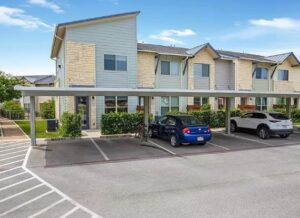Condominiums
Condos can be great homes and if you’re shopping for one, you should know the different types, and what makes them different. Below is an easy guide to follow.

Attached Condos
Attached by a common wall, roof, garage, etc. (Semi attached is still considered attached)

Detached Condos (Site Condos)
Not attached to any other unit

Conventional Site Condo
Single family residence that is detached in which owners have exclusive rights to land and improvements.
The project has:
– Minimal common elements
– HOA dues are strictly for maintaining project infrastructure
– Owners are required to carry their own insurance coverage
Planned Unit Development (PUD)
A project or subdivision with common property and improvements owned and maintained by a home owners association for the use and benefit of it’s owners (swimming pool, private park, etc.).
The unit owner owns the land the unit is built on.
The HOA owns the common areas while owners have right to the common areas.

Townhomes
“Townhome” only describes the structural design of the project.
A townhome can be a PUD, a condo, or attached single family residence.
How do you tell the difference?
Look at the legal description and the Covenants, Conditions, and Restrictions document. This is a document that was filed with the county when the property was built.
Do NOT trust the MLS or County Website to provide authoritative information on this.
The views and opinions expressed on this site about work-related matters are my own, have not been
reviewed or approved by Supreme Lending, and do not necessarily represent the views and opinions
of Supreme Lending. In no way do I commit Supreme Lending to any position on any matter or issue
without the express prior written consent of Supreme Lending’s Human Resources Department.
